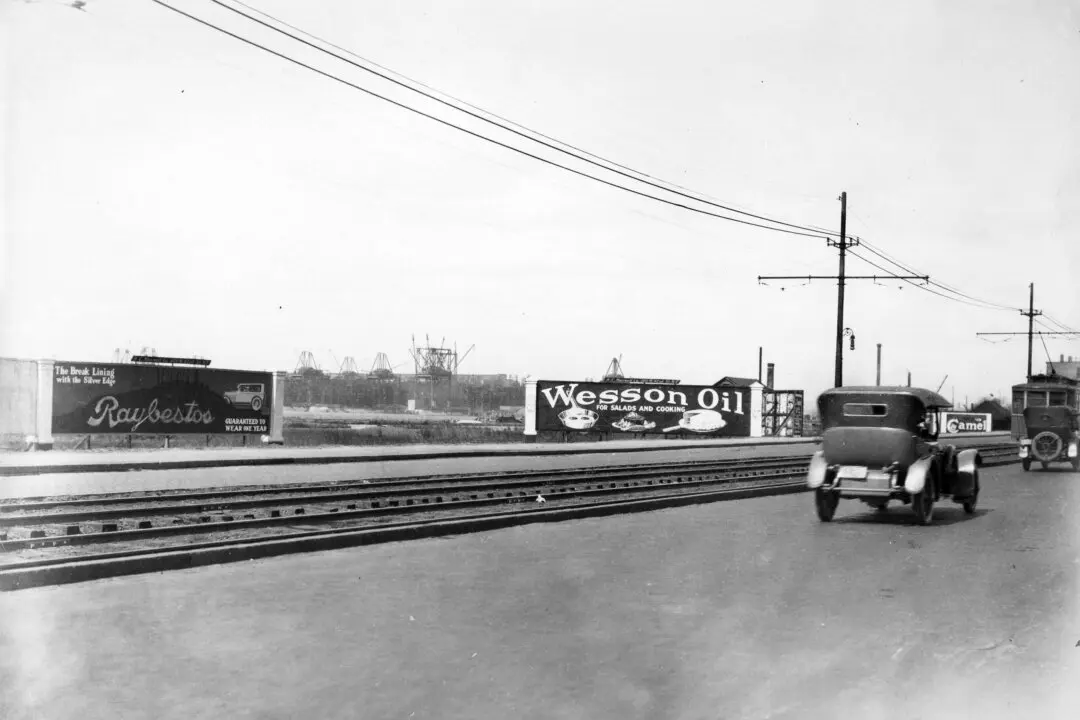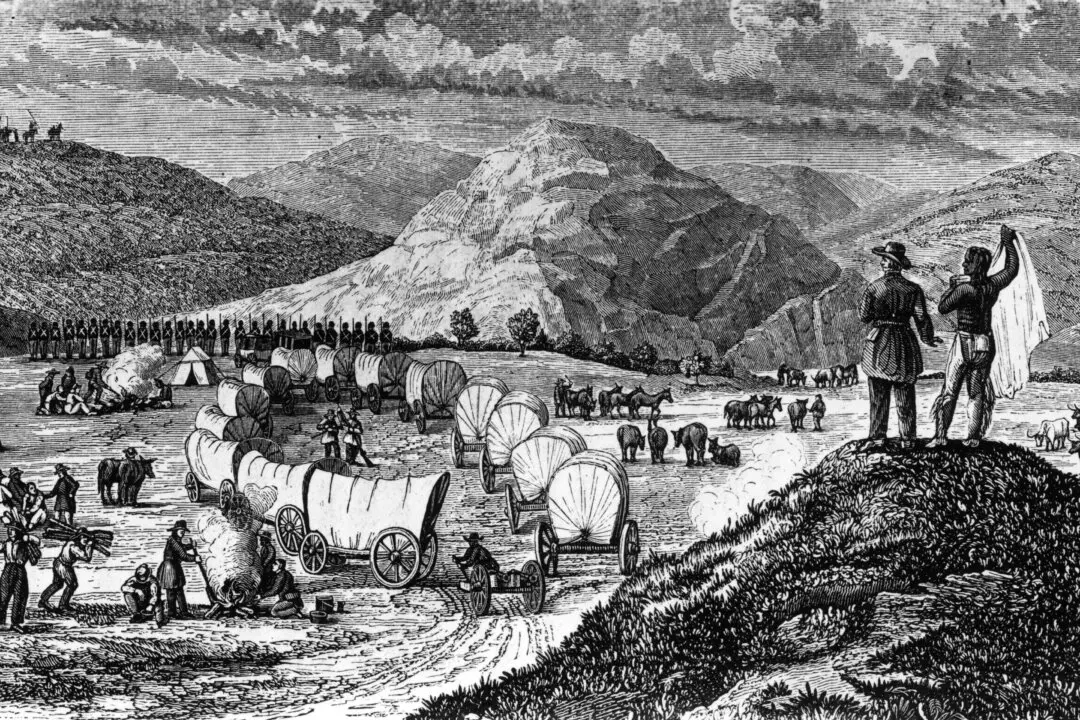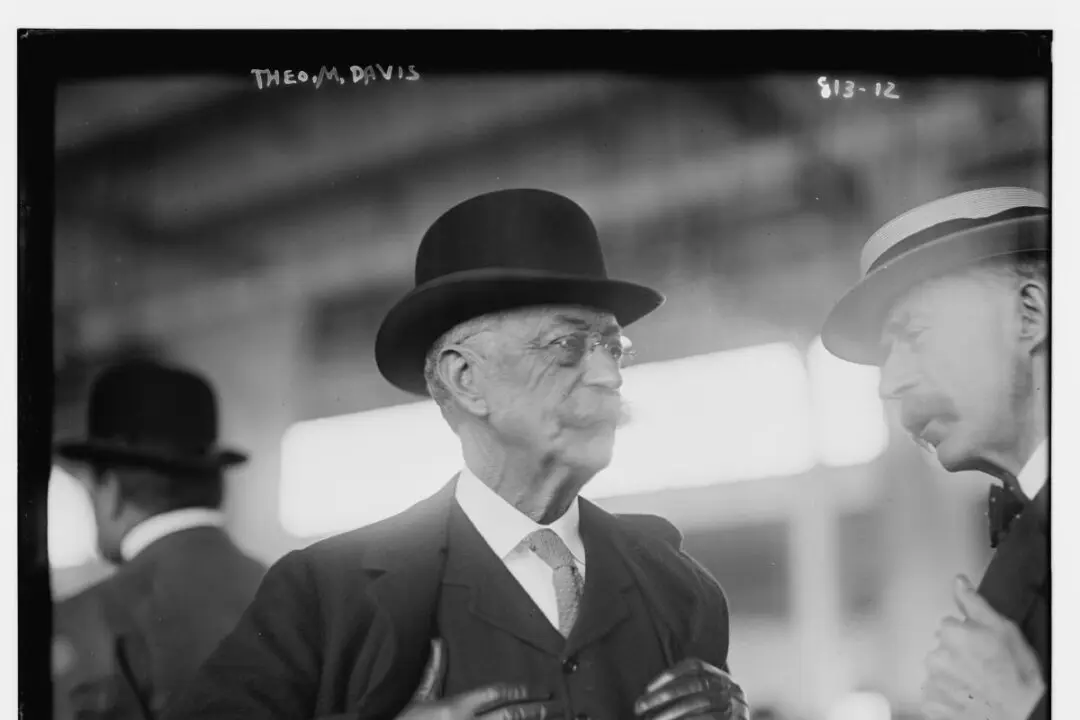“The road is that physical sign or symbol by which you will understand any age or people. If they have no roads, they are savages for the road is the creation of man and a type of civilized society.”
This was quite a bold statement by Good Roads, a monthly magazine that launched at the end of the 19th century. The publication claimed to be “devoted to the improvement of the public roads and streets.” Those public roads and streets had long been dominated by the horse and the horse-drawn carriage or buggy. As the 19th century began nearing its end, the horse had a new competitor for the road: the bicycle. If roads were a symbol of civilized society, then riding a man-made contraption must have seemed more civilized than riding an animal. Nonetheless, the road often became a rather uncivilized place, as horse riders and buggy drivers were known for forcing cyclists off the road.






